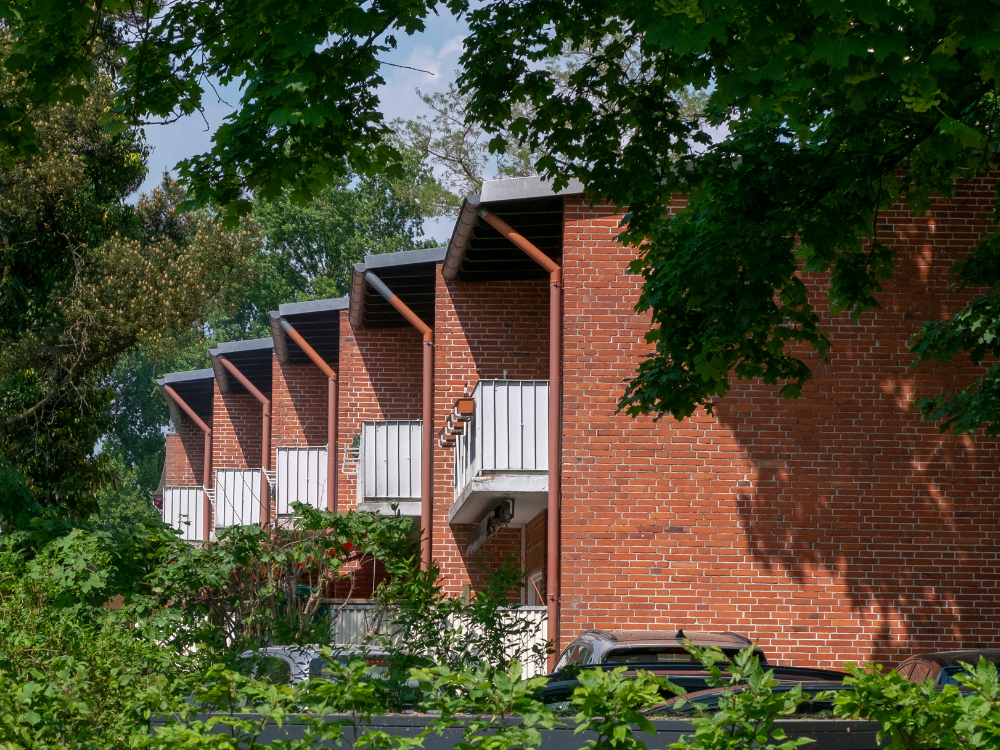A new report from the School of Built Environment at UNSW, and the Department of Planning and Environment has revealed that many residents in social housing are experiencing living conditions that are well below expected standards.
The research teams studied the impacts of outdoor temperature and housing characteristics, including air quality and indoor temperatures, in addition to residents’ quality of life and overall health.
The results were alarming: some indoor temperatures exceeded 39 degrees Celsius in summer, while some minimum indoor temperatures dropped below five degrees. The World Health Organisation recommends indoor temperatures between 18 and 24 degrees.
“Many social housing dwellings recorded indoor temperatures outside the recommended limits for safety and comfort for substantial periods,” says one of the study’s authors, Dr Shamila Haddad.
Prolonged exposure to below-standard housing quality can result in adverse health effects, including thermal discomfort, increased risk of respiratory disease and vulnerability to infection from airborne pathogens.
The health effects are not limited to these, with mould and condensation reported in 42 per cent of the residences.
“We know many people from low-income backgrounds are living in low-quality housing, and this impacts their health and quality of life,” says Scientia Professor Mat Santamouris, Anita Lawrence Chair in High-Performance Architecture and senior author of the study.
The study showed that social housing tenants, because of the huge range of temperatures indoors, coupled with poor air quality and ventilation, are more likely to experience adverse health directly resulting from their living conditions.
The study noted that improvements to the quality of builds can limit negative effects on residents, and many improvements, including passive heating and cooling, insulation and glazing, are cost-effective options that could be implemented to improve the quality of living conditions.




